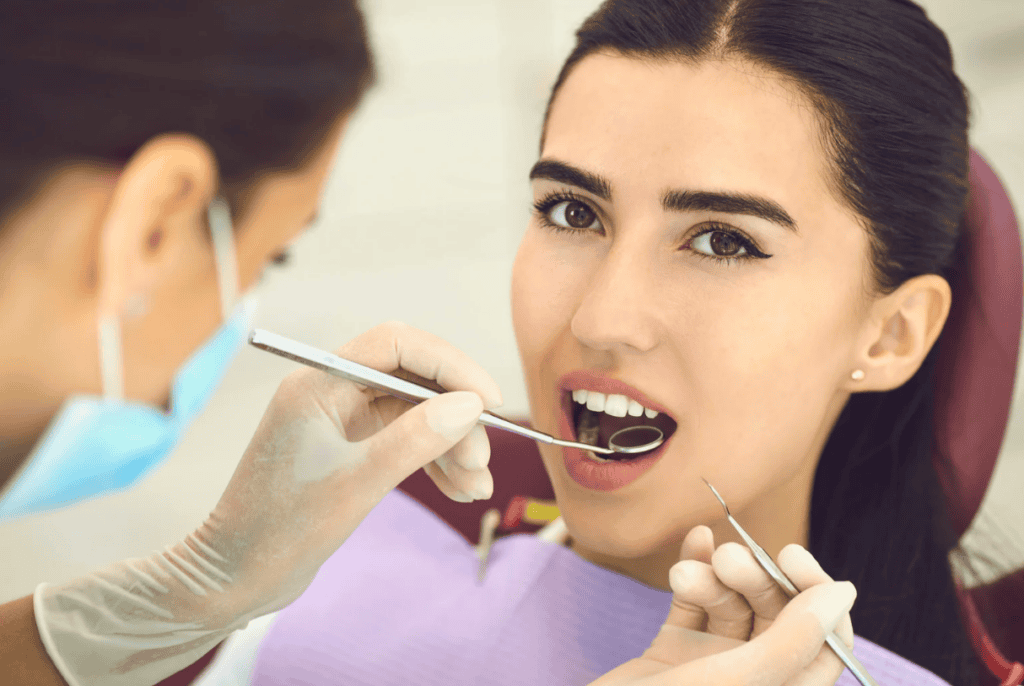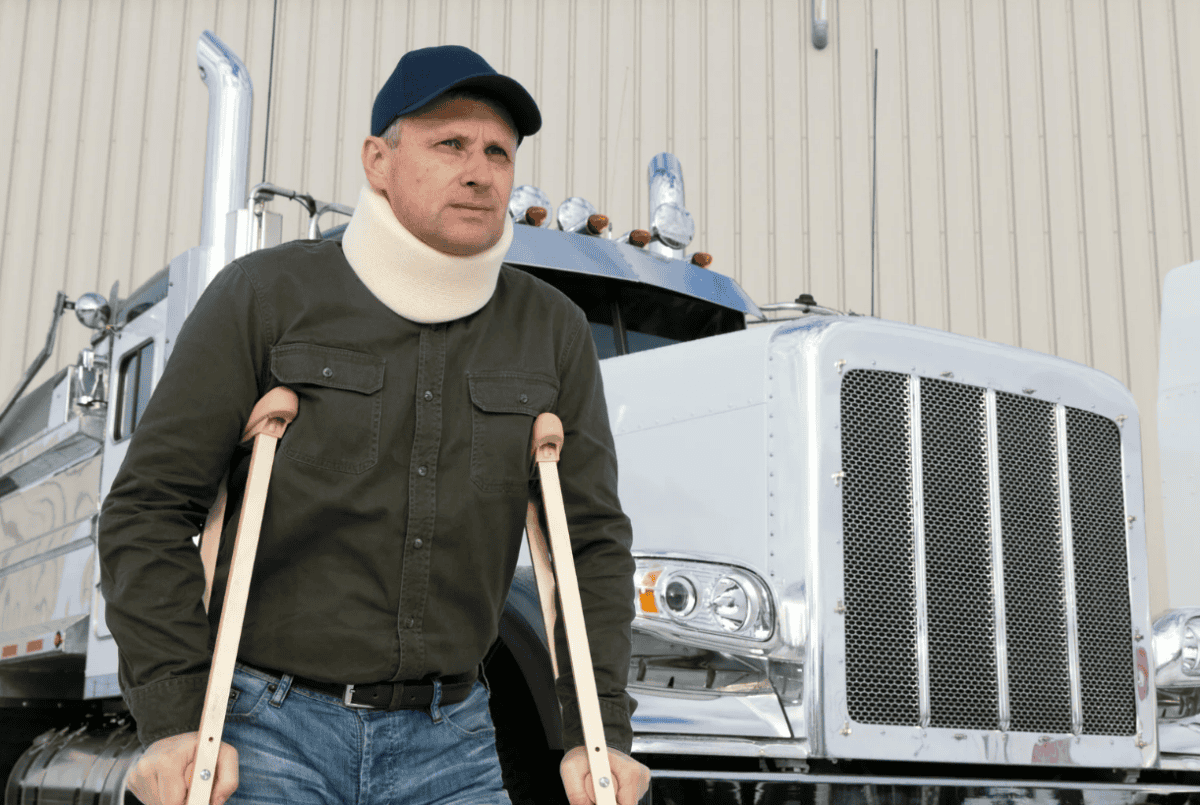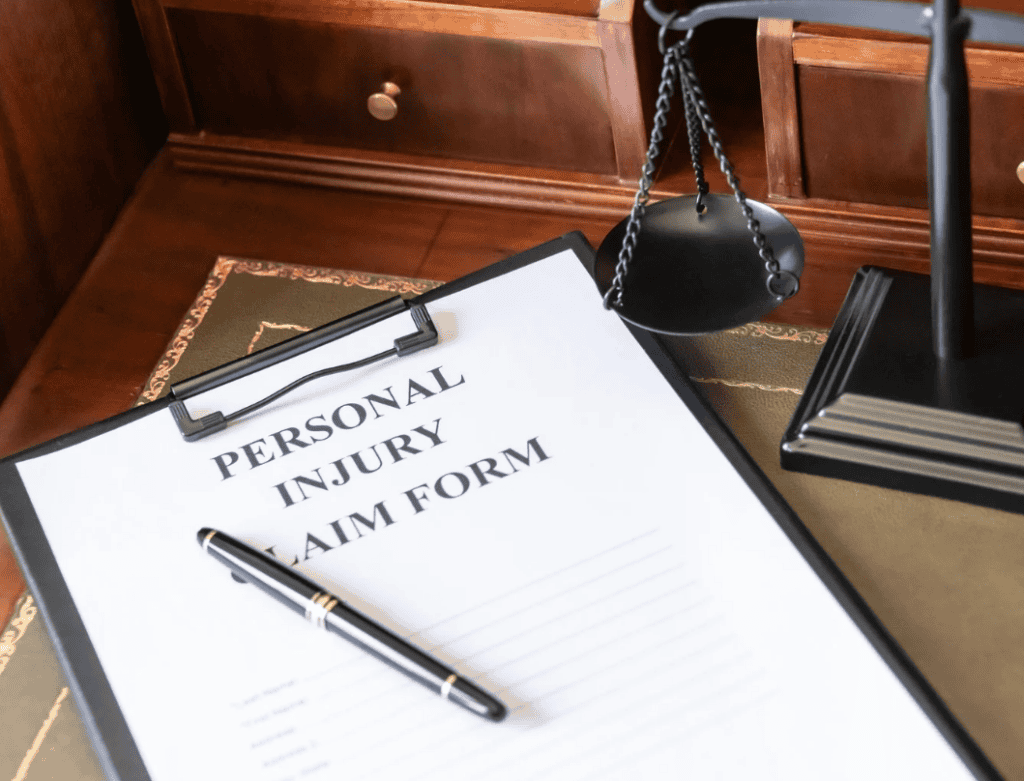Why Your Thoughts Matter More Than You Think
Have you ever caught yourself thinking, “I’m just bad at this” or “I’ll never get everything done”? We all have those moments, but here’s the thing—those thoughts might be holding you back more than you realize.
Cognitive Behavioral Techniques (CBT) are all about how your thoughts shape your actions, emotions, and even your success.
Most people hear “CBT” and think of therapy. But guess what? You don’t need to be in therapy to use these tricks in your daily life. In fact, understanding how your brain processes thoughts can help with everything from handling stress to staying motivated.
And the best part? It’s not about forcing yourself to “think positive” all the time. It’s about training your brain to work with you instead of against you.
Maybe you’re juggling exams, assignments, and the constant pressure to keep up with everything. Maybe you’re staring at a blank screen, thinking, “How am I supposed to write my dissertation when I can’t even focus?”
If that sounds familiar, CBT techniques might be exactly what you need. But instead of the usual advice like “just breathe” or “make a to-do list,” let’s talk about some unusual ways CBT can actually help.

Reframing the “I’ll Do It Later” Problem
Procrastination isn’t just about being lazy. A lot of times, it’s about fear—fear of failing, fear of getting overwhelmed, or even fear of not knowing where to start. One way CBT tackles this is with reframing. Instead of saying, “I’ll do it later,” try flipping the script: “I’ll feel so much better if I just start now.”
Your brain likes rewards, so make starting feel rewarding. Instead of thinking about the entire task, tell yourself, “I’ll just write the first sentence” or “I’ll study for five minutes.” Most of the time, once you start, it’s easier to keep going.
The “What Would a Friend Say?” Trick
Your inner voice can be your worst enemy. If you mess up on an exam, your brain might scream, “You’re so dumb! How did you not know that?” But would you ever talk to a friend like that? Probably not.
Next time you’re being hard on yourself, ask: “What would I tell a friend in this situation?” Chances are, you’d be way more supportive. So why not treat yourself the same way?
Turning “What If?” Anxiety Into a Superpower
Overthinking is like opening a hundred tabs in your brain and letting them all run at once. “What if I fail? What if I say something dumb in class? What if I don’t get a job after graduation?” Sound familiar?
Here’s the trick: If your brain is already great at imagining worst-case scenarios, flip it. Instead of “What if I fail?” try “What if I actually do well?” Instead of “What if my professor hates my paper?” try “What if they think it’s great?” You don’t have to believe it 100%, but this small shift in thinking can help your brain stop spiraling.
The “Mind Reading” Mistake
Ever assume you know what people are thinking? Like, “My professor probably thinks I’m not trying hard enough,” or “Everyone in the class can tell I have no idea what I’m doing.” That’s called mind reading, and it’s one of the biggest thought traps out there.
CBT suggests challenging these thoughts. Ask yourself: “Do I actually have proof of this?” Most of the time, you don’t. You’re making up a story in your head. And if you don’t know something for sure, why assume the worst?
When “Fake It Till You Make It” Actually Works
If you feel unmotivated or stuck, try this weird CBT trick: act like the person you want to be.
Feeling unmotivated to study? Sit down and act like a focused student for five minutes. No distractions, no overthinking. Just start. Feeling too anxious to participate in class? Pretend for a moment that you’re confident. Raise your hand even if your voice shakes.
Your brain picks up on your actions. The more you act like something, the more natural it feels over time.
The “Three Wins” Rule
Most of us focus on what went wrong: “I forgot an answer on the test,” “I didn’t study enough,” “I totally bombed that presentation.” But your brain needs balance. A simple CBT trick is to list three small wins every day.
It could be “I finally started my essay,” “I asked a question in class,” or even “I made it through a tough day.” Small wins train your brain to see progress instead of just problems.
How to Turn Bad Days Around
Even with all these techniques, bad days happen. But here’s one last CBT trick: Ask yourself, ‘What’s one small thing I can control right now?’
Maybe it’s cleaning your desk, sending an email you’ve been avoiding, or even just taking a deep breath. Small actions remind your brain that you’re not stuck—you always have control over something.
FAQ: Cognitive Behavioral Techniques for Students
How can CBT help with academic stress?
CBT helps you recognize negative thought patterns that make stress worse. Instead of thinking, “I’ll never finish this assignment,” you can reframe it as, “I can break this into small steps and tackle it one part at a time.”
What should I do when I feel stuck or unmotivated?
Try the “just start” technique. Instead of waiting for motivation, commit to working on something for just five minutes. Once you begin, it’s much easier to keep going.
Can CBT help with test anxiety?
Yes! CBT techniques like reframing thoughts (“This test doesn’t define me”) and controlled breathing can help reduce anxiety and boost confidence before an exam.

What if I constantly overthink things?
Overthinking is a habit that can be changed. Try shifting “What if something goes wrong?” to “What if everything turns out fine?” Training your brain to focus on positive possibilities helps break the cycle of worry.
Final Thoughts
Cognitive Behavioral Techniques aren’t just for therapy sessions—they’re real strategies you can use to handle stress, study better, and stop overthinking.
The way you talk to yourself matters, and learning how to shift your thoughts can change how you experience school, work, and life. And if you ever feel overwhelmed, just remember—you’re not stuck with the thoughts you have now. You can train your brain to work for you, not against you.
So, next time you feel stuck, frustrated, or anxious, try one of these tricks. You might be surprised at how much easier things feel when your brain is on your side.




























